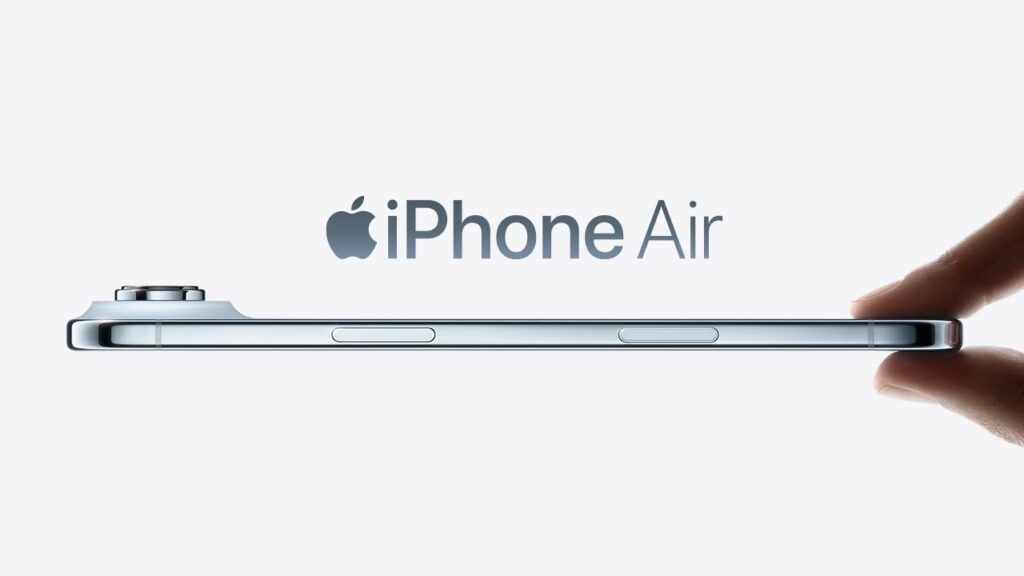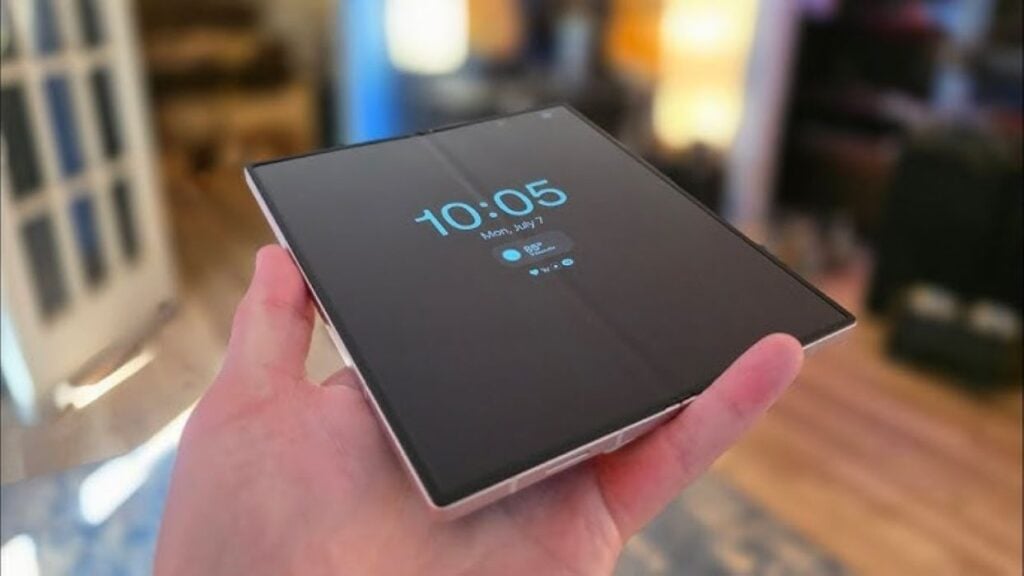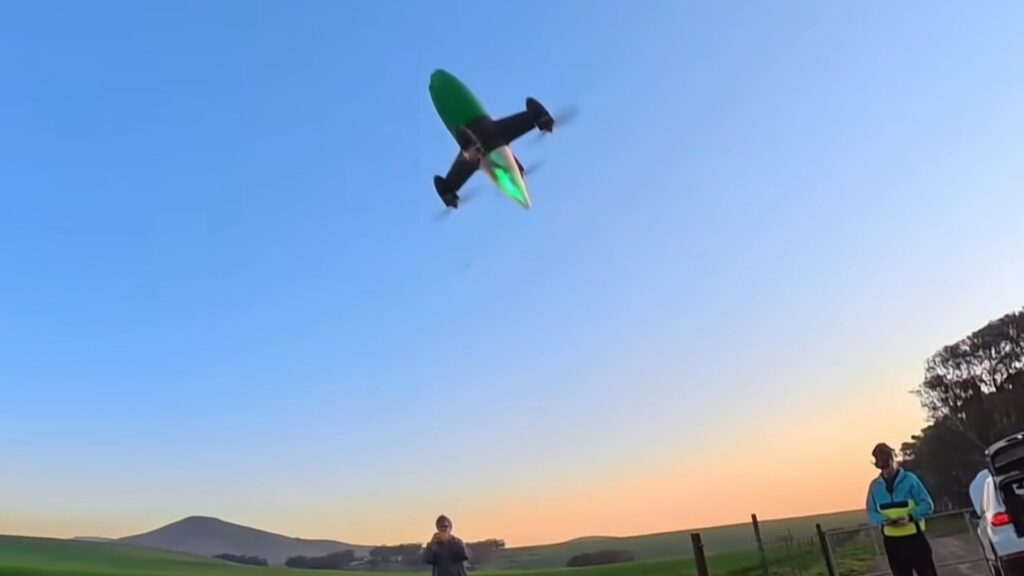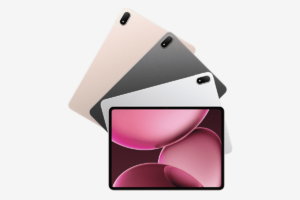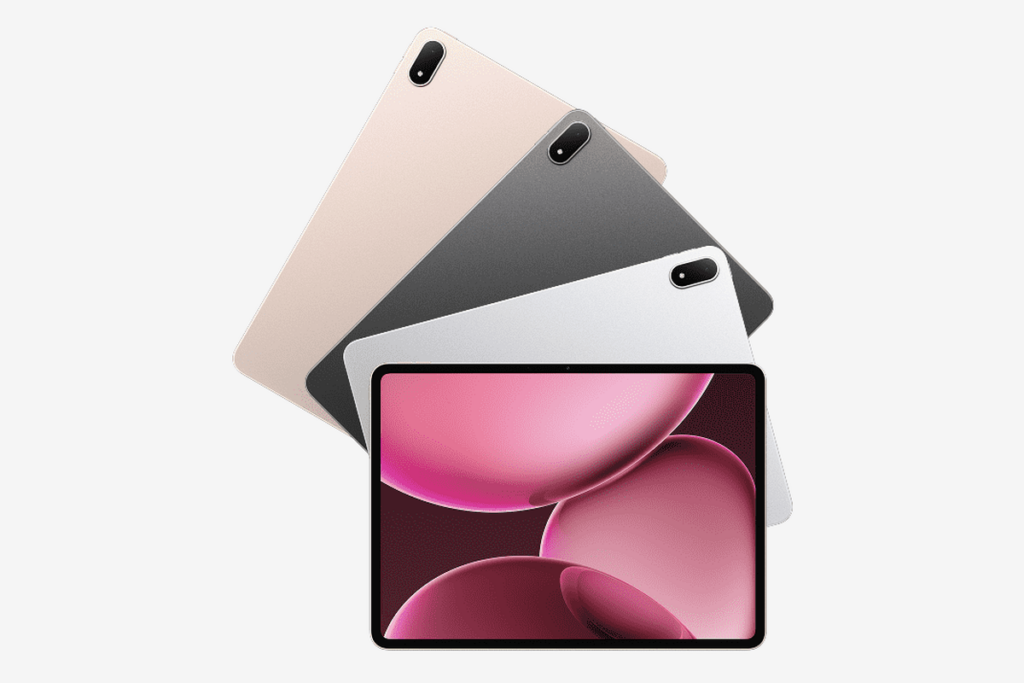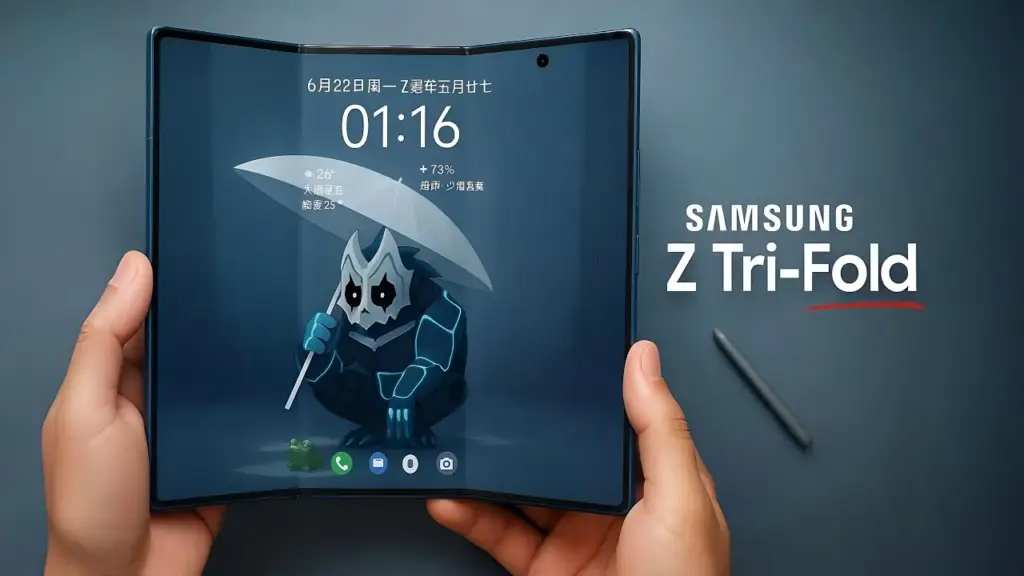Nvidia will invest $1 billion in Nokia to push AI-powered telecom networks

Nvidia is betting big on the future of intelligent connectivity, investing $1 billion in Nokia to accelerate work on AI-driven 5G and 6G networks. The move gives Nvidia a 2.9% stake in the Finnish telecom giant and signals a deeper partnership aimed at blending AI and radio access networks (RAN) — what both companies are calling AI-RAN.
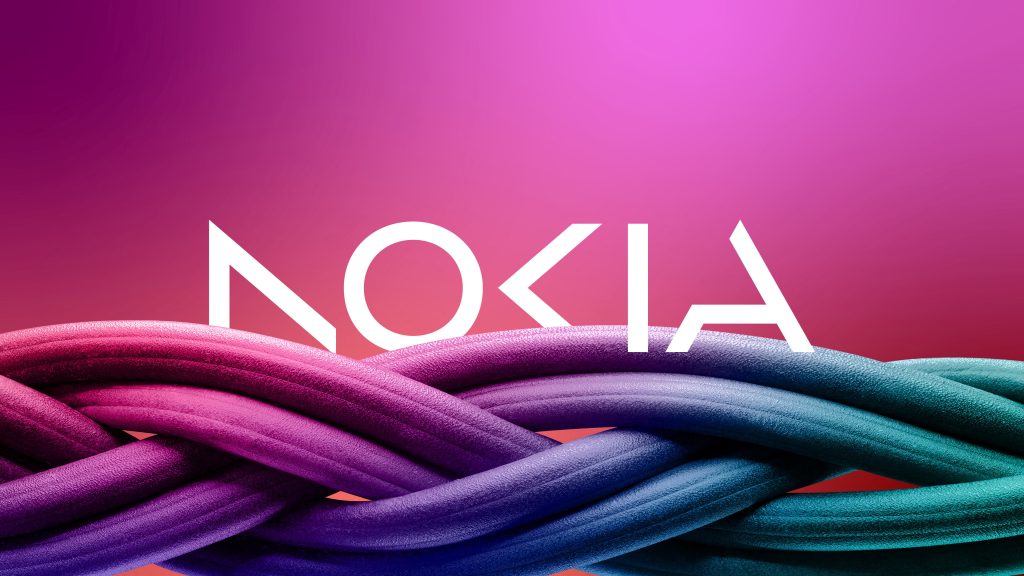
Under the deal, Nvidia will buy almost 166.4 million new Nokia shares at $6.01 each, pending regulatory approval. The funding will help Nokia speed up its development of AI-based RAN software, expand its cloud and data center solutions, and enhance its optical and switching technologies — all key to building the next generation of AI-ready infrastructure.
The collaboration will see Nvidia’s CUDA and AI platforms integrated into Nokia’s telecom systems, effectively turning networks into smart, adaptive systems capable of handling AI workloads closer to the user.
T-Mobile US is already signed on as a partner, with field trials planned for 2026 to test performance, power efficiency, and real-world scalability.
Nokia CEO Justin Hotard described the partnership as a “fundamental redesign” of how networks operate — bringing computing intelligence to the edge of connectivity. Nvidia’s Jensen Huang added that telecommunications form the “digital nervous system” of modern economies and that AI-RAN could be a generational shift for national infrastructure.
The deal also pulls in Dell Technologies as part of the broader ecosystem, hinting at new opportunities in data center and edge computing integration.
If successful, this could mark one of the most significant shifts in telecom since the rollout of 4G — paving the way for 6G networks that think, learn, and adapt in real time.
The post Nvidia will invest $1 billion in Nokia to push AI-powered telecom networks appeared first on Gizmochina.





















